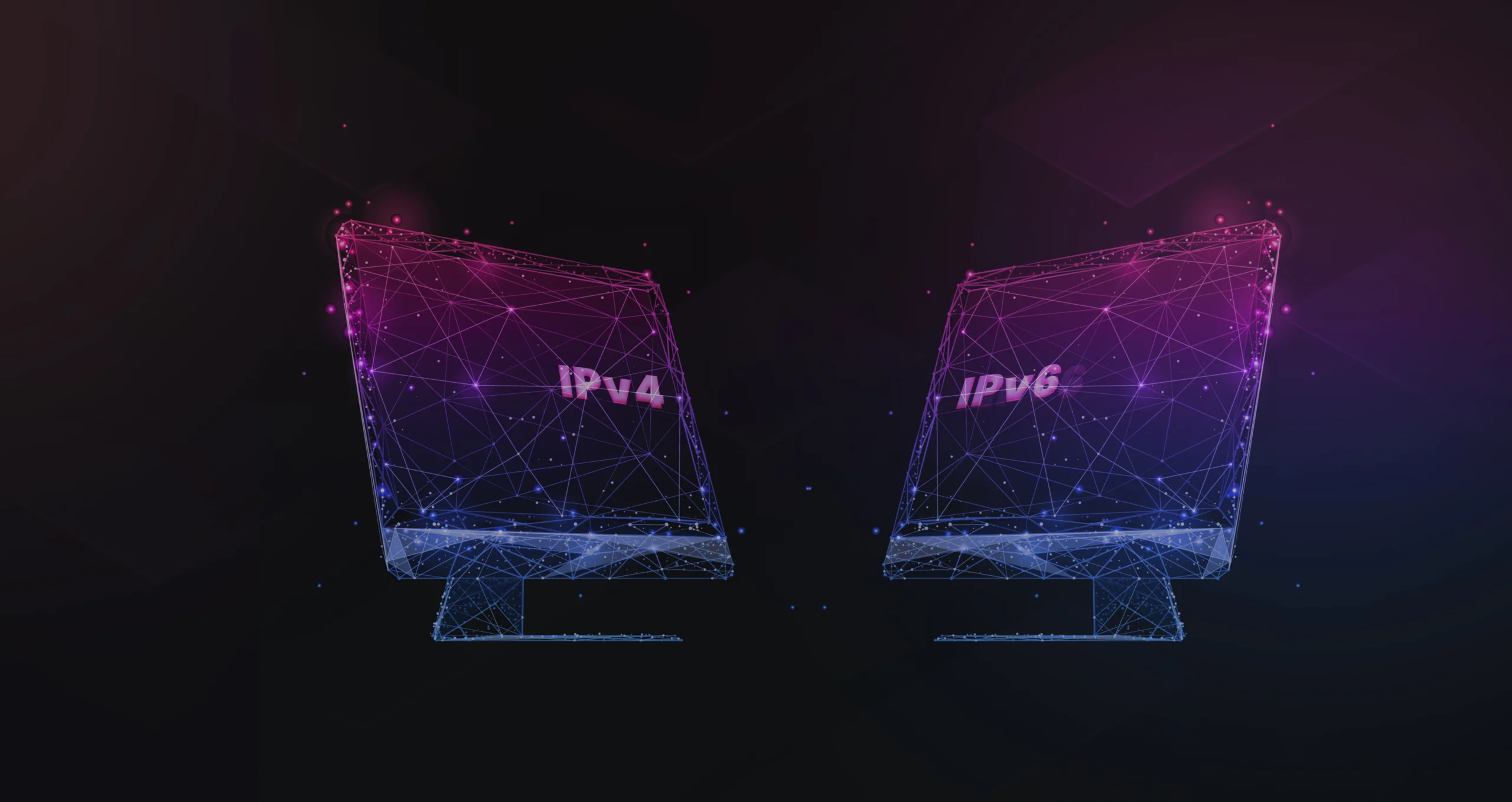Ensuring Reliable Global Internet Services in Remote Locations

Article Contents
Global Network Connectivity Challenges in Remote Regions
Delivering reliable global network connectivity in remote regions remains one of the biggest challenges enterprises face today. Unlike metropolitan areas with fiber and multiple ISPs, remote sites often have limited or no infrastructure. This lack of availability affects industries such as oil and gas, mining, maritime operations, defense, and humanitarian efforts, where remote connectivity is mission-critical.
The first challenge is geography. Remote sites may be located in deserts, mountains, offshore rigs, or rural areas, making physical infrastructure deployment costly and time-consuming. Second, political or regulatory environments can restrict the use of certain technologies or carriers. Third, natural conditions like harsh weather, seismic activity, or extreme temperatures can affect uptime and equipment durability.
Inconsistent connectivity directly impacts productivity and safety. For example, mining operations require continuous monitoring of IoT-enabled equipment. Humanitarian organizations need stable Global Internet Services to coordinate disaster response. Without robust solutions, delays or failures can have life-threatening consequences. That’s why enterprises operating in remote areas must adopt tailored connectivity strategies that overcome environmental and logistical hurdles.
Technology Options for Remote Internet Access
To address these challenges, enterprises leverage a combination of technologies. Satellite connectivity is the most common option for remote areas. Modern providers of Global Internet Services use high-throughput satellites (HTS) and low-earth orbit (LEO) constellations to deliver better latency and throughput than legacy satellites. These are ideal for offshore rigs, ships, and rural outposts.
Microwave radio links offer another option, particularly when line-of-sight between towers is possible. They deliver high-capacity links at relatively low costs but are limited by distance and environmental factors. Cellular technologies such as 4G and 5G are expanding to remote regions, offering high performance where carriers have deployed coverage. For enterprises with the ability to invest, extending fiber to remote facilities ensures the highest performance but requires significant capital.
Often, enterprises adopt a hybrid model. By combining satellite, cellular, and terrestrial links, they ensure redundancy and maintain reliable global network connectivity . Solutions also integrate with SD-WAN, enabling traffic to be routed intelligently based on performance. This mix of technologies allows remote operations to maintain business continuity even under difficult conditions.
Benefits of Partnering with a Global Virtual Service Provider
While enterprises can purchase connectivity piecemeal, the real value comes from partnering with providers that specialize in Global Internet Services . A global partner brings expertise, relationships with multiple carriers, and advanced management platforms that enterprises would struggle to replicate internally.
These providers deliver centralized monitoring, ensuring IT teams have visibility into performance across all sites, including the most remote ones. They also handle compliance with regional regulations, ensuring enterprises don’t run into legal obstacles. Another advantage is enhanced security: global providers often include encryption, intrusion detection, and global network connectivity monitoring to prevent breaches.
By outsourcing connectivity management, enterprises reduce operational burdens. Instead of troubleshooting outages in isolated locations, they rely on experts who manage issues proactively. This allows organizations to focus on their core business-whether that’s mining, shipping, or humanitarian aid-while knowing their networks remain secure and available.
Case Studies of Remote Global Network Connectivity Solutions
Industries worldwide demonstrate how advanced Global Internet Services solve real-world challenges. In mining, companies in Africa and South America rely on hybrid solutions that combine satellite and terrestrial links. These ensure reliable connections for monitoring operations, safety systems, and communications with headquarters.
Oil and gas enterprises operating offshore rigs use LEO satellites to achieve near real-time performance, supporting IoT-enabled drilling equipment and video conferencing for remote teams. Maritime shipping companies use satellite-based global network connectivity to enable navigation, weather updates, and crew welfare communications on vessels crossing oceans. , with flexibility from cloud providers. Compared to on-premises data centers, colocation eliminates operational headaches, reduces downtime risks, and offers better connectivity options.
Humanitarian organizations also benefit. In disaster zones where terrestrial infrastructure is destroyed, mobile satellite terminals provide instant connectivity for coordination and relief delivery. Defense agencies deploy similar solutions to maintain secure and reliable communications in remote operations. These case studies highlight the importance of designing custom solutions for each environment.
Building the Future of Remote Connectivity
The demand for Global Internet Services in remote locations will only increase as industries expand into frontier regions. From Arctic exploration to deep-sea drilling, enterprises must remain connected to thrive. The future lies in integrating advanced technologies like LEO satellites, SD-WAN, and AI-driven monitoring to enhance performance and resilience.
By partnering with trusted providers, businesses can ensure global network connectivity that is secure, scalable, and reliable. This enables them to expand into new regions with confidence, support digital transformation, and protect mission-critical operations. In short, reliable remote connectivity is no longer optional-it is the foundation for growth and safety in today’s global economy.
